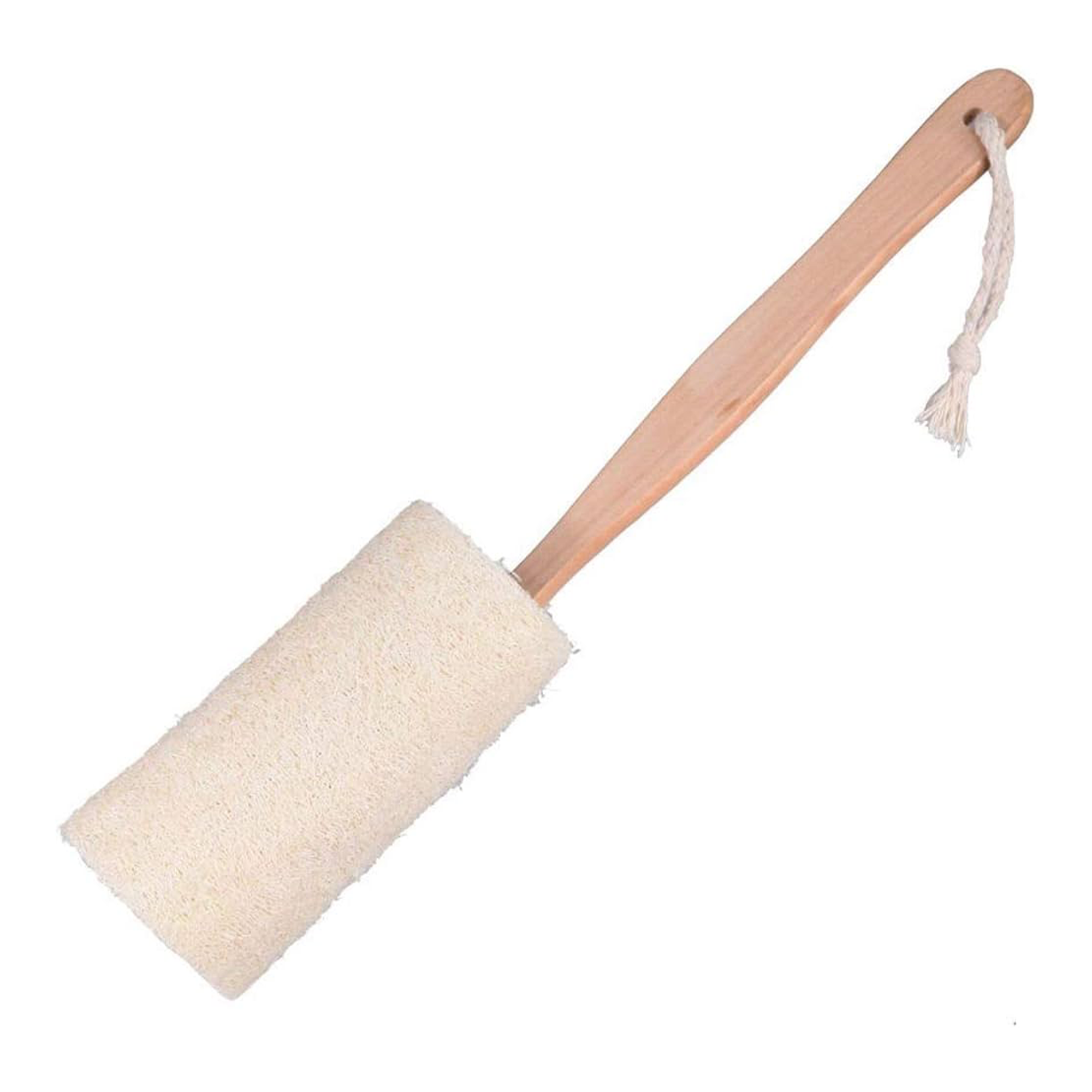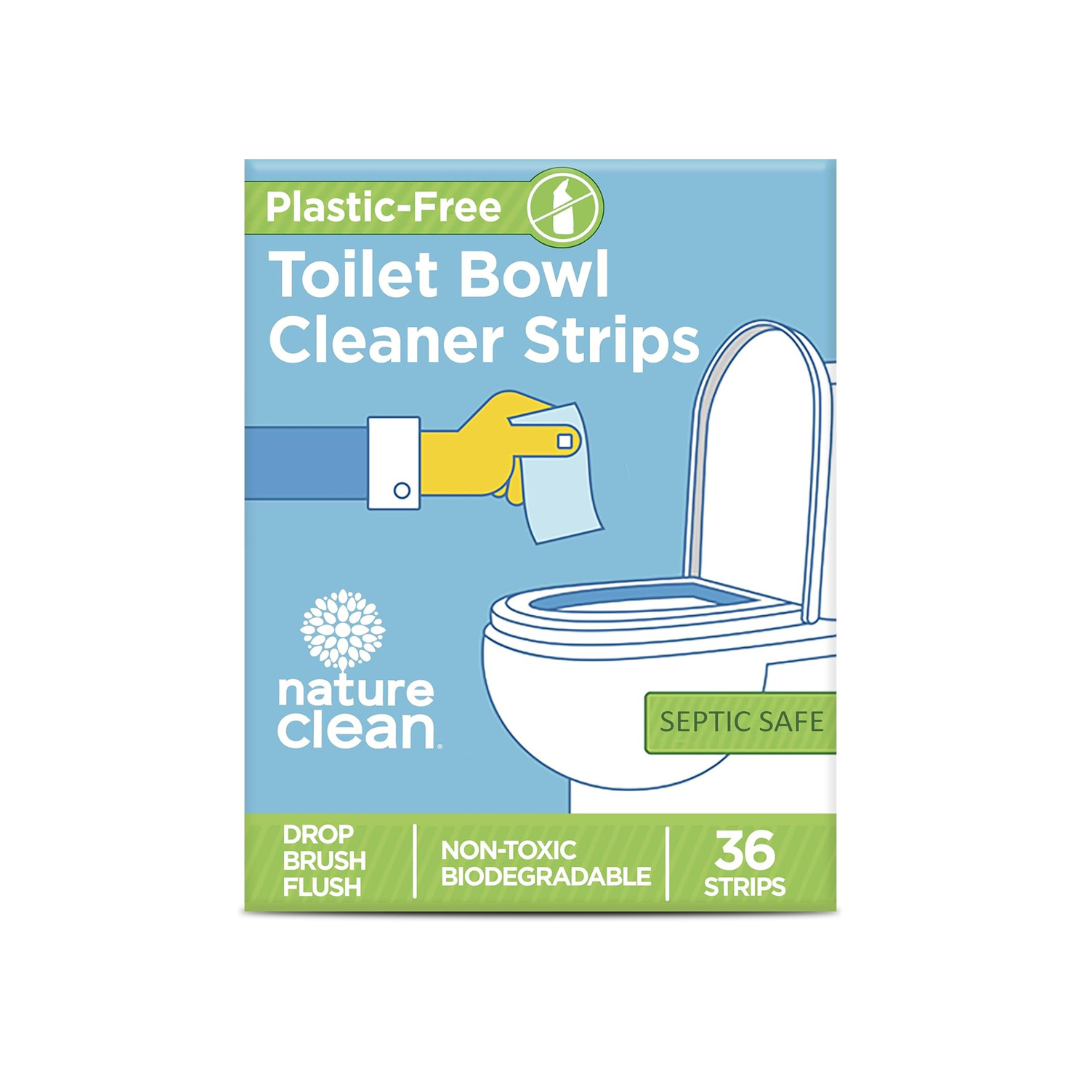As we gear up for another school and work year, let's take a moment to think about the impact our studying habits can have on the environment. Embracing sustainable study practices not only reduces our ecological footprint but also promotes a more mindful and responsible approach to education. So, here are tips for a more eco-friendly study routine, with a focus on minimizing paper use, using digital resources, and practicing energy-saving habits while studying/working.
- Minimize Paper Use:
Digital Note-taking: Instead of relying on traditional pen and paper, opt for digital note-taking on laptops, tablets, or smartphones. Many apps and software, such as Obsidian, Notion, GoodNotes, Evernote, OneNote, or Google Keep, allow you to organize and store your notes efficiently. If you have a tablet GoodNotes, and Notability are great options for note taking with your stylus.
Eco-Friendly Stationery: If you prefer writing by hand, consider using notebooks made from recycled paper or tree-free alternatives like bamboo or sugarcane-based paper. Additionally, use refillable pens or pencils to reduce plastic waste. Check out Dingbats* notebooks that are vegan, V-label certified, and made from trees that are replaced or allowed to regenerate.
Double-Sided Printing: When printing is necessary, always choose double-sided printing to save paper. Use recycled or responsibly sourced paper and recycle printed materials when you no longer need them.
- Use Digital Resources:
E-Books and Online Libraries: Instead of purchasing physical books, explore ebooks and digital resources available through online libraries. Many textbooks, novels, and research materials are now available in digital formats, reducing the need for paper. Most universities and libraries provide online access to research materials.
Collaborative Platforms: Use digital collaboration platforms like Google Drive or Microsoft Office 365 to work on group projects and share documents. This reduces the need for printing multiple copies of the same materials.
- Practice Energy-Saving Habits:
Use Energy-Efficient Devices: Opt for energy-efficient laptops, computers, and tablets when making technology-related purchases. Look for devices with Energy Star certification to ensure they meet energy-saving standards.
Power Management Settings: Adjust the power management settings on your devices to reduce energy consumption. Enable sleep mode or hibernation when your device is inactive for a certain period.
Unplug and Power Down: Remember to unplug chargers and power cords when they're not in use. Also, power down your devices completely when you're finished studying.
- Adopt Sustainable Study Spaces:
Natural Lighting: Whenever possible, study in spaces with abundant natural light. This reduces the need for artificial lighting and helps you stay connected with nature.
Energy-Efficient Lighting: When artificial lighting is necessary, use energy-efficient LED bulbs to minimize energy consumption. Compared to other bulbs, LED bulbs are energy-efficient, cost-saving, and long-lasting.
Eco-Friendly Furniture: Choose sustainable and eco-friendly study furniture made from reclaimed or responsibly sourced materials. You can go out thrifting and find yourself unique pieces of furniture, or check out the Facebook Marketplace to find nearby secondhand options.
By incorporating these sustainable study habits into your routine, you can significantly reduce your ecological impact and contribute to a greener and healthier planet. Remember, every small action counts, and as students, we have the power to create positive change for a more sustainable future. Let's make this back-to-school season an opportunity to foster eco-friendly learning practices and inspire others to do the same.






































